11 August 2023
Russia head to the Moon, India edge closer, 1000s more vehicles to be launched into orbit - Space News Roundup
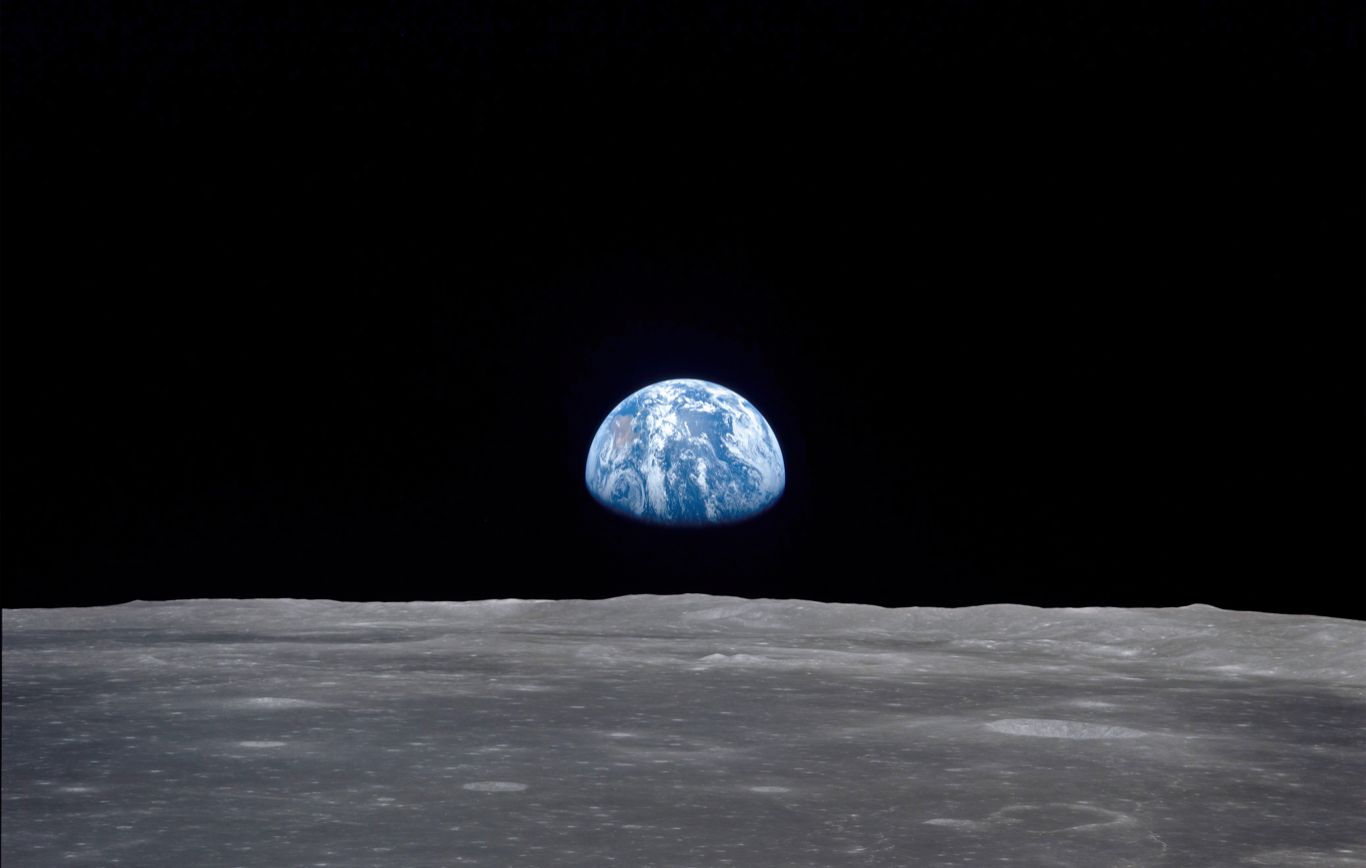
Nations are returning to the Moon (Image: Adobe/NASA)
On Friday Russia embarked on their first journey to the Moon since the Soviet mission (Luna-24) in 1976. The Luna-25 mission took-off atop a Soyuz rocket, and will be a short 5-day trip to reach the Moon, after which it will orbit for 5-7 days before attempting to land. Heading to the lunar south pole, the mission aims to explore the resource-rich region, specifically in search of water, vital for supporting outposts on the Moon and extending humankind’s reach into outer space.
Interestingly, the mission is due to arrive around the same time as the Indian Chandrayaan-3 mission, which set-off on July 14th and took a longer trajectory to the Moon. The mission this week entered lunar orbit and sent back its first images, and on August 23rd the Vikram lander will separate and begin its descent to the surface. India are aiming to be only the fourth nation to land on the Moon.
NASA have this week also be preparing for their flagship Artemis mission, with the practice recovery of a crewed module, part of the Artemis-2 mission next year. While not landing on the surface, Artemis-2 will send astronauts on the same trajectory as Artemis-1, around the Moon and back again, and presents a significant step towards establishing a sustained lunar presence in the near future.
Europe and Japanese launch startups respond to demand
In their quest to establish non-dependant access to space, European launch companies had both good and bad news this week. German company Rocket Factory Augsburg (RFA) successfully raised €30 million from global investment firm, KKR. The funds will be used towards developing their “cost-effective” access to space. RFA have scheduled Q2 of next year to carry out the launch of their “Rocket One”.
However, leading European launch provider, ArianeSpace, have announced they they will be pushing back the maiden launch of their new Ariane-6 to next year. The launch of the final Ariane-5 rocket in July left Europe without independant launch access, and until replacements are fully developed, Europe will rely on outside partners, such as SpaceX.
Japanese biofuel rocket, French startup to reduce launch costs
But there are companies and startups emerging, such as RFA, that are planning to answer the call. French startup, HyPrSpace are currently developing their Orbital Baguette-1 (OB-1) rockets. The company is aiming to offer launches at half the price, through reducing R&D time and costs with its hybrid propulsion system. Just like SpaceX has achieved, significantly lowering costs and increasing access to space is transforming the launch market in a time when record breaking numbers of space vehicles are sought to be launched into orbit.
Japanese startup, Interstellar Technologies, are also working towards this end, and this week it emerged that they are planning a static fire test of their Zero rocket, in preparation for launch in 2025. Keiji Atsuta, Interstellar business development general manager, went as far to say that “We think that this rocket will change the market.” The rocket is aimed, again, at meeting demand in the satellite launch market, and will also provide answers in regards to developing sustainable launch tech, through using biomethane, fuel produced from livestock manure.
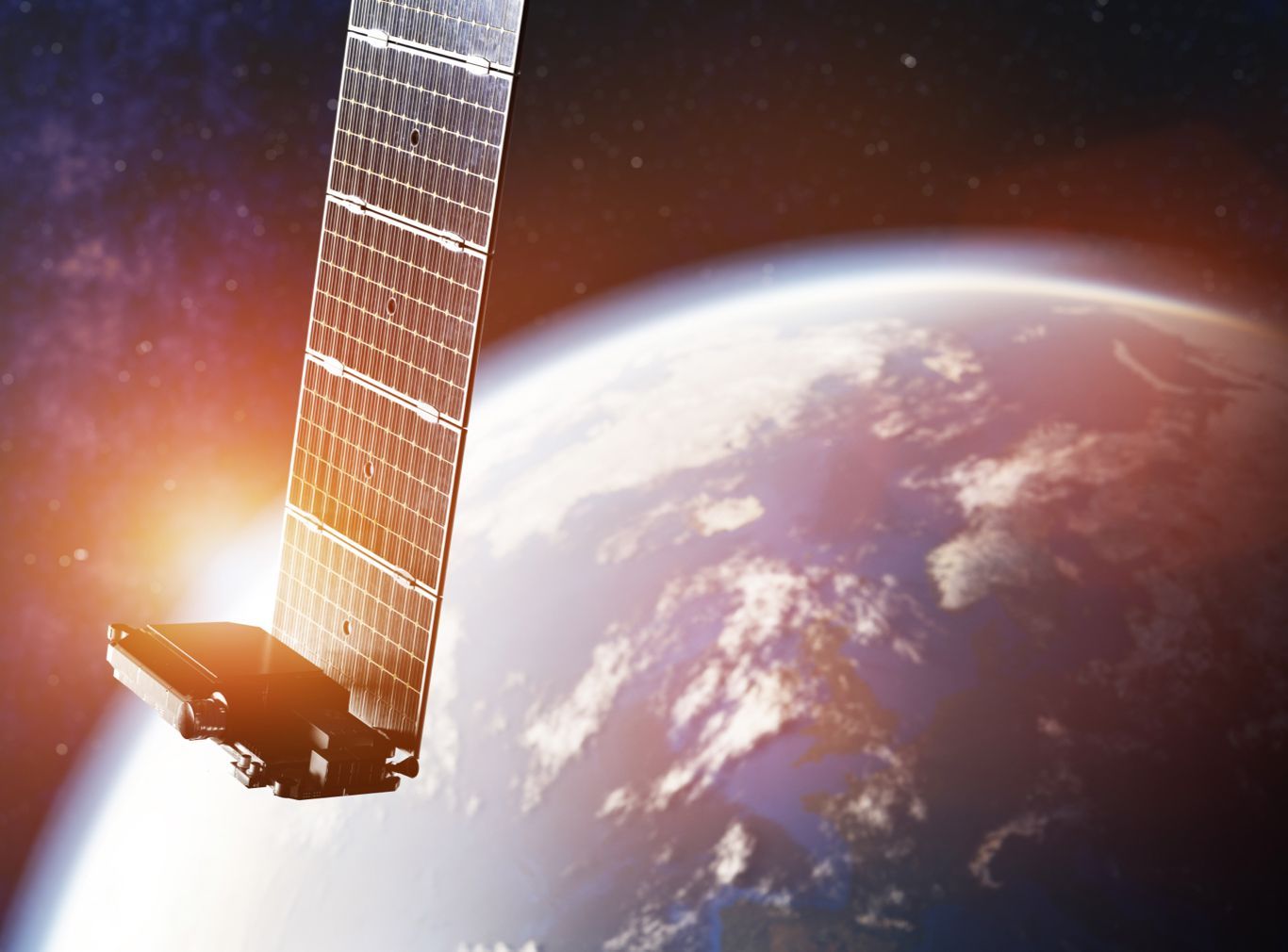
Starlink faces competition (Image: SpaceX)
Satellite mega-constellations to rival Starlink
The growth of the launch market is largely in response to rise of mega-constellations and the birth of a sophisticated orbital infrastructure. Amazon’s “Kuiper” mega-constellation is one such project, due to rival SpaceX’s Starlink constellation. This week the company announced that they will be switching launch from ULA’s Vulcan Centaur to an Atlas-5. Delays have affected the development of Vulcan, but with the switch Amazon hope to launch the first pair of satellites this autumn.
China also are also building on ambitious plans to rival the dominance of Starlink. In July, the Shanghai Municipal People’s Government announced plans for new constellation named “G60 Starlink”, consisting of 12,000 satellites. China also has plans for a separate 13,000 mega-constellation, named Guowang.
The growth of these constellations is largely linked to increased connectivity, broadband access, and also the emergence of IoT devices (internet of things). Satellite operator, Globalstar, have posted a 50% rise in sales in the wake of growing demand in this area, and is largely down to its work with Apple, who use their satellites for iPhone emergency connectivity. Direct-to-cell access also promises to be a promising growth area, especially should satellite connectivity become a standard feature on new handsets.
Orbital transfer vehicles and vertical space farming
Looking to address the need for in-orbit logistics, such as moving space veichles into different orbits, is Impulse Space. The company has recently raised $45 million to be used on different projects, including launching their space vehicle, Mira, this November. According to their press release in January, utilizing Mira, “…this mission will perform in-space services, including last-mile orbital payload delivery, payload hosting, very low altitude maneuvers and controlled atmospheric re-entry.” They also look to work on their larger vehicle, Helios, to be launched in 2026.
US-based launch company, Firefly Aerospace, has been called upon by the US National Reconnaissance Office to carry out a responsive demonstration of in-orbit deployments, using their Elytra orbital vehicle. They also work with Xtenti (US), who will provide their Fantm-Ride small satellite dispenser. Seeing that this is a responsive space mission, we can see the growing importance that is being put on satellites and orbital logistics. Firefly are also contracted by the US to carry out a response launch demonstration, using their Alpha rocket, looking to prove they can launch payloads with very little notice.
Firefly CEO Bill Weber said “As the first of many missions utilizing multiple Firefly vehicles, this operation will lay the groundwork for Firefly’s end-to-end mission services, proving our capabilities to rapidly launch, maneuver, and deploy satellites at a time and place of our customers’ choosing.” Just like SpaceX and Rocket Lab, Firefly surely are quickly becoming a trusted vendor for the US government.
Lastly, the UK Space Agency has provided funding to Vertical Future, who are leading project researching on developing vertical farms to be used in space exploration missions. Chief scientific officer at Vertical Future, Dr. Jennifer Bromley, said that “Several studies have shown that having access to high-quality fresh produce is important not just for one’s nutrition but also their mental well-being,”. They will look into design requirements for an AI controlled system, and aim to implement the system on the ISS.
External Links
This Week
*News articles posted here are not property of ANASDA GmbH and belong to their respected owners. Postings here are external links only.
Our future in space
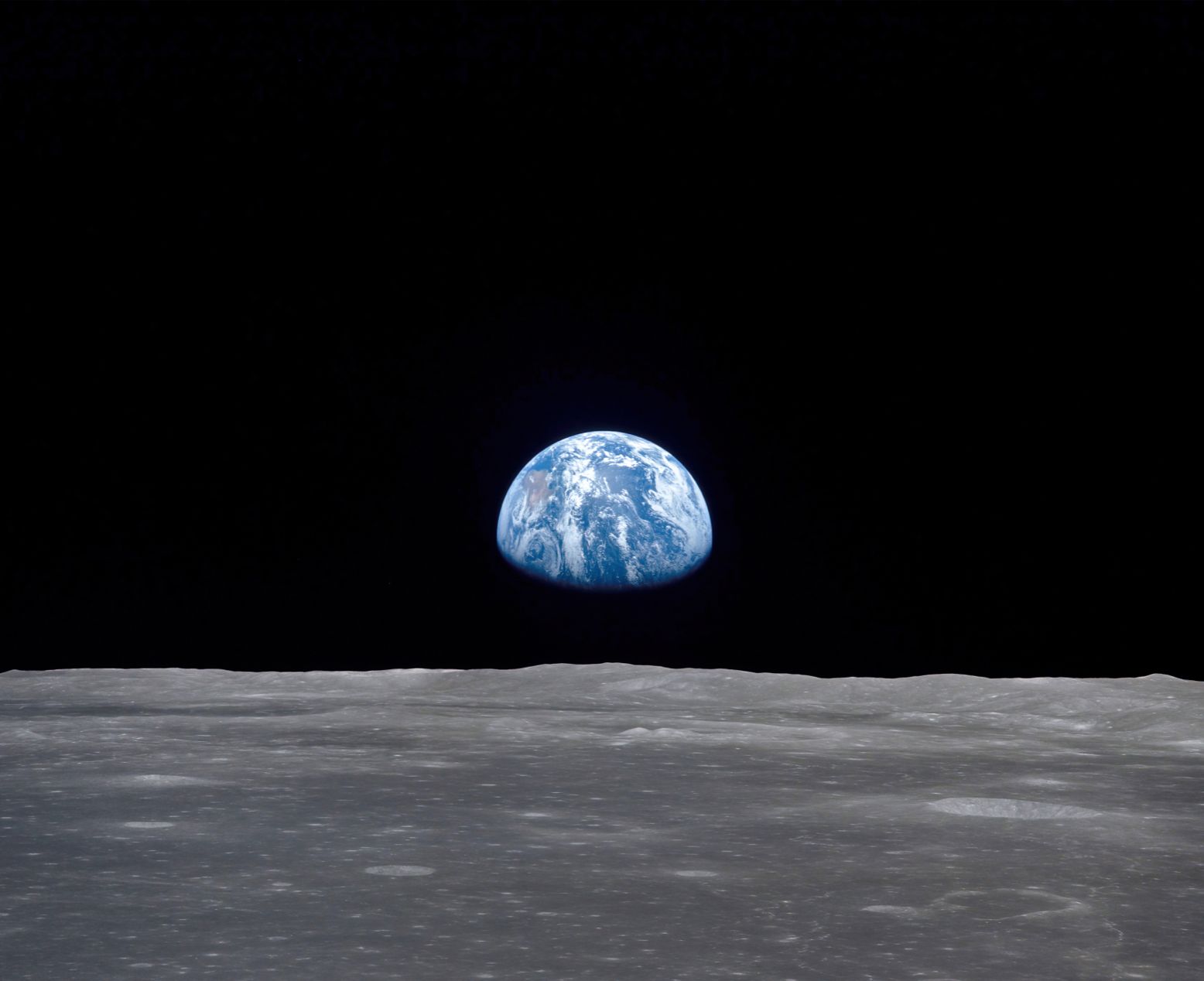
SpaceX Crew Dragon (Image: Adobe)
11 August 2023
Russia head to the Moon, India edge closer, 1000s more vehicles to be launched into orbit - Space News Roundup
On Friday Russia embarked on their first journey to the Moon since the Soviet mission (Luna-24) in 1976. The Luna-25 mission took-off atop a Soyuz rocket, and will be a short 5-day trip to reach the Moon, after which it will orbit for 5-7 days before attempting to land. Heading to the lunar south pole, the mission aims to explore the resource-rich region, specifically in search of water, vital for supporting outposts on the Moon and extending humankind’s reach into outer space.
Interestingly, the mission is due to arrive around the same time as the Indian Chandrayaan-3 mission, which set-off on July 14th and took a longer trajectory to the Moon. The mission this week entered lunar orbit and sent back its first images, and on August 23rd the Vikram lander will separate and begin its descent to the surface. India are aiming to be only the fourth nation to land on the Moon.
NASA have this week also be preparing for their flagship Artemis mission, with the practice recovery of a crewed module, part of the Artemis-2 mission next year. While not landing on the surface, Artemis-2 will send astronauts on the same trajectory as Artemis-1, around the Moon and back again, and presents a significant step towards establishing a sustained lunar presence in the near future.
Europe and Japanese launch startups respond to demand
In their quest to establish non-dependant access to space, European launch companies had both good and bad news this week. German company Rocket Factory Augsburg (RFA) successfully raised €30 million from global investment firm, KKR. The funds will be used towards developing their “cost-effective” access to space. RFA have scheduled Q2 of next year to carry out the launch of their “Rocket One”.
However, leading European launch provider, ArianeSpace, have announced they they will be pushing back the maiden launch of their new Ariane-6 to next year. The launch of the final Ariane-5 rocket in July left Europe without independant launch access, and until replacements are fully developed, Europe will rely on outside partners, such as SpaceX.
Japanese biofuel rocket, French startup to reduce launch costs
But there are companies and startups emerging, such as RFA, that are planning to answer the call. French startup, HyPrSpace are currently developing their Orbital Baguette-1 (OB-1) rockets. The company is aiming to offer launches at half the price, through reducing R&D time and costs with its hybrid propulsion system. Just like SpaceX has achieved, significantly lowering costs and increasing access to space is transforming the launch market in a time when record breaking numbers of space vehicles are sought to be launched into orbit.
Japanese startup, Interstellar Technologies, are also working towards this end, and this week it emerged that they are planning a static fire test of their Zero rocket, in preparation for launch in 2025. Keiji Atsuta, Interstellar business development general manager, went as far to say that “We think that this rocket will change the market.” The rocket is aimed, again, at meeting demand in the satellite launch market, and will also provide answers in regards to developing sustainable launch tech, through using biomethane, fuel produced from livestock manure.
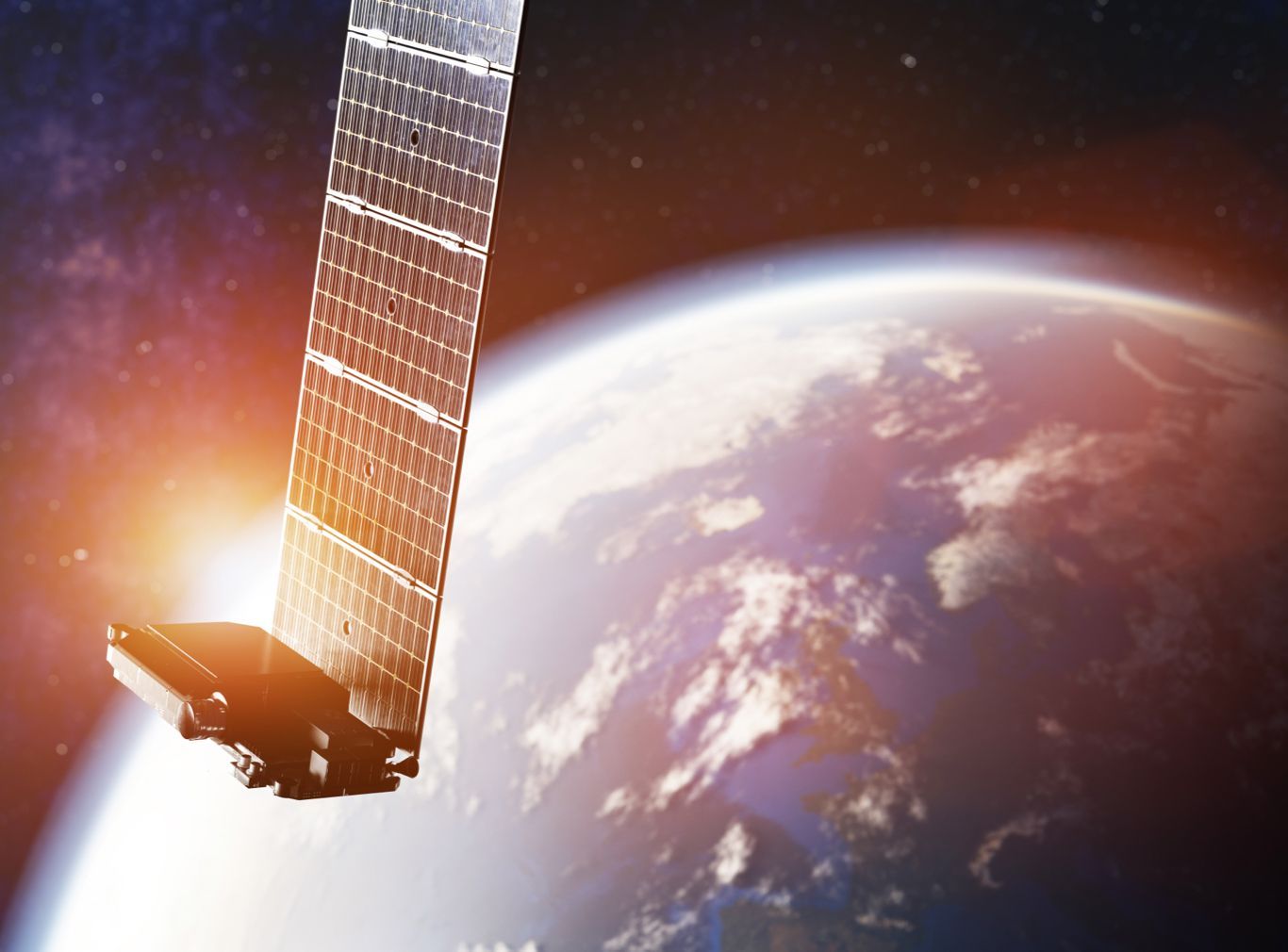
Starlink faces competition (Image: SpaceX)
Satellite mega-constellations to rival Starlink
The growth of the launch market is largely in response to rise of mega-constellations and the birth of a sophisticated orbital infrastructure. Amazon’s “Kuiper” mega-constellation is one such project, due to rival SpaceX’s Starlink constellation. This week the company announced that they will be switching launch from ULA’s Vulcan Centaur to an Atlas-5. Delays have affected the development of Vulcan, but with the switch Amazon hope to launch the first pair of satellites this autumn.
China also are also building on ambitious plans to rival the dominance of Starlink. In July, the Shanghai Municipal People’s Government announced plans for new constellation named “G60 Starlink”, consisting of 12,000 satellites. China also has plans for a separate 13,000 mega-constellation, named Guowang.
The growth of these constellations is largely linked to increased connectivity, broadband access, and also the emergence of IoT devices (internet of things). Satellite operator, Globalstar, have posted a 50% rise in sales in the wake of growing demand in this area, and is largely down to its work with Apple, who use their satellites for iPhone emergency connectivity. Direct-to-cell access also promises to be a promising growth area, especially should satellite connectivity become a standard feature on new handsets.
Orbital transfer vehicles and vertical space farming
Looking to address the need for in-orbit logistics, such as moving space veichles into different orbits, is Impulse Space. The company has recently raised $45 million to be used on different projects, including launching their space vehicle, Mira, this November. According to their press release in January, utilizing Mira, “…this mission will perform in-space services, including last-mile orbital payload delivery, payload hosting, very low altitude maneuvers and controlled atmospheric re-entry.” They also look to work on their larger vehicle, Helios, to be launched in 2026.
US-based launch company, Firefly Aerospace, has been called upon by the US National Reconnaissance Office to carry out a responsive demonstration of in-orbit deployments, using their Elytra orbital vehicle. They also work with Xtenti (US), who will provide their Fantm-Ride small satellite dispenser. Seeing that this is a responsive space mission, we can see the growing importance that is being put on satellites and orbital logistics. Firefly are also contracted by the US to carry out a response launch demonstration, using their Alpha rocket, looking to prove they can launch payloads with very little notice.
Firefly CEO Bill Weber said “As the first of many missions utilizing multiple Firefly vehicles, this operation will lay the groundwork for Firefly’s end-to-end mission services, proving our capabilities to rapidly launch, maneuver, and deploy satellites at a time and place of our customers’ choosing.” Just like SpaceX and Rocket Lab, Firefly surely are quickly becoming a trusted vendor for the US government.
Lastly, the UK Space Agency has provided funding to Vertical Future, who are leading project researching on developing vertical farms to be used in space exploration missions. Chief scientific officer at Vertical Future, Dr. Jennifer Bromley, said that “Several studies have shown that having access to high-quality fresh produce is important not just for one’s nutrition but also their mental well-being,”. They will look into design requirements for an AI controlled system, and aim to implement the system on the ISS.
Share this article
External Links
This Week
*News articles posted here are not property of ANASDA GmbH and belong to their respected owners. Postings here are external links only.
11 August 2023
Russia head to the Moon, India edge closer, 1000s more vehicles to be launched into orbit - Space News Roundup
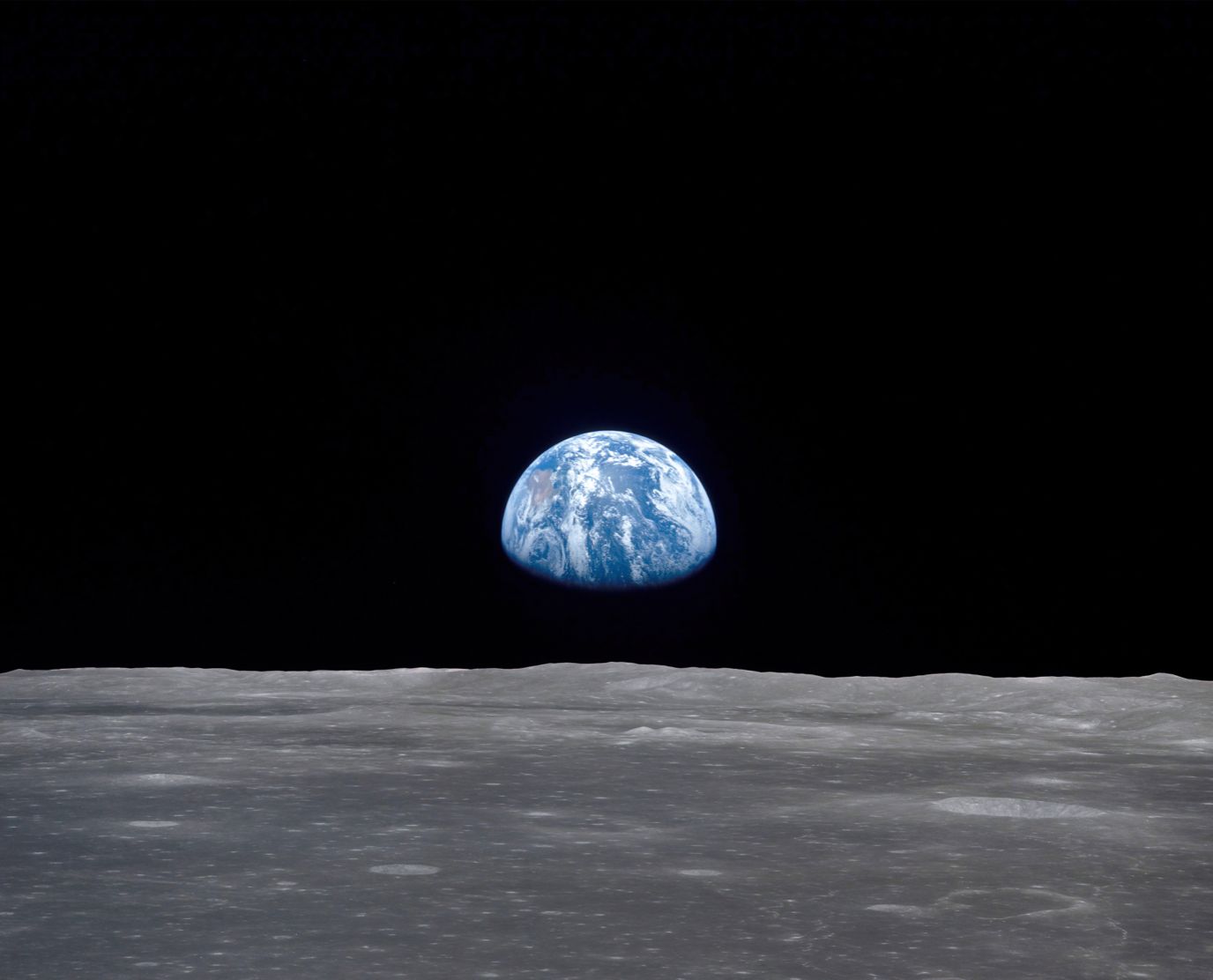
Nations are returning to the Moon (Image: Adobe/NASA)
On Friday Russia embarked on their first journey to the Moon since the Soviet mission (Luna-24) in 1976. The Luna-25 mission took-off atop a Soyuz rocket, and will be a short 5-day trip to reach the Moon, after which it will orbit for 5-7 days before attempting to land. Heading to the lunar south pole, the mission aims to explore the resource-rich region, specifically in search of water, vital for supporting outposts on the Moon and extending humankind’s reach into outer space.
Interestingly, the mission is due to arrive around the same time as the Indian Chandrayaan-3 mission, which set-off on July 14th and took a longer trajectory to the Moon. The mission this week entered lunar orbit and sent back its first images, and on August 23rd the Vikram lander will separate and begin its descent to the surface. India are aiming to be only the fourth nation to land on the Moon.
NASA have this week also be preparing for their flagship Artemis mission, with the practice recovery of a crewed module, part of the Artemis-2 mission next year. While not landing on the surface, Artemis-2 will send astronauts on the same trajectory as Artemis-1, around the Moon and back again, and presents a significant step towards establishing a sustained lunar presence in the near future.
Europe and Japanese launch startups respond to demand
In their quest to establish non-dependant access to space, European launch companies had both good and bad news this week. German company Rocket Factory Augsburg (RFA) successfully raised €30 million from global investment firm, KKR. The funds will be used towards developing their “cost-effective” access to space. RFA have scheduled Q2 of next year to carry out the launch of their “Rocket One”.
However, leading European launch provider, ArianeSpace, have announced they they will be pushing back the maiden launch of their new Ariane-6 to next year. The launch of the final Ariane-5 rocket in July left Europe without independant launch access, and until replacements are fully developed, Europe will rely on outside partners, such as SpaceX.
Japanese biofuel rocket, French startup to reduce launch costs
But there are companies and startups emerging, such as RFA, that are planning to answer the call. French startup, HyPrSpace are currently developing their Orbital Baguette-1 (OB-1) rockets. The company is aiming to offer launches at half the price, through reducing R&D time and costs with its hybrid propulsion system. Just like SpaceX has achieved, significantly lowering costs and increasing access to space is transforming the launch market in a time when record breaking numbers of space vehicles are sought to be launched into orbit.
Japanese startup, Interstellar Technologies, are also working towards this end, and this week it emerged that they are planning a static fire test of their Zero rocket, in preparation for launch in 2025. Keiji Atsuta, Interstellar business development general manager, went as far to say that “We think that this rocket will change the market.” The rocket is aimed, again, at meeting demand in the satellite launch market, and will also provide answers in regards to developing sustainable launch tech, through using biomethane, fuel produced from livestock manure.
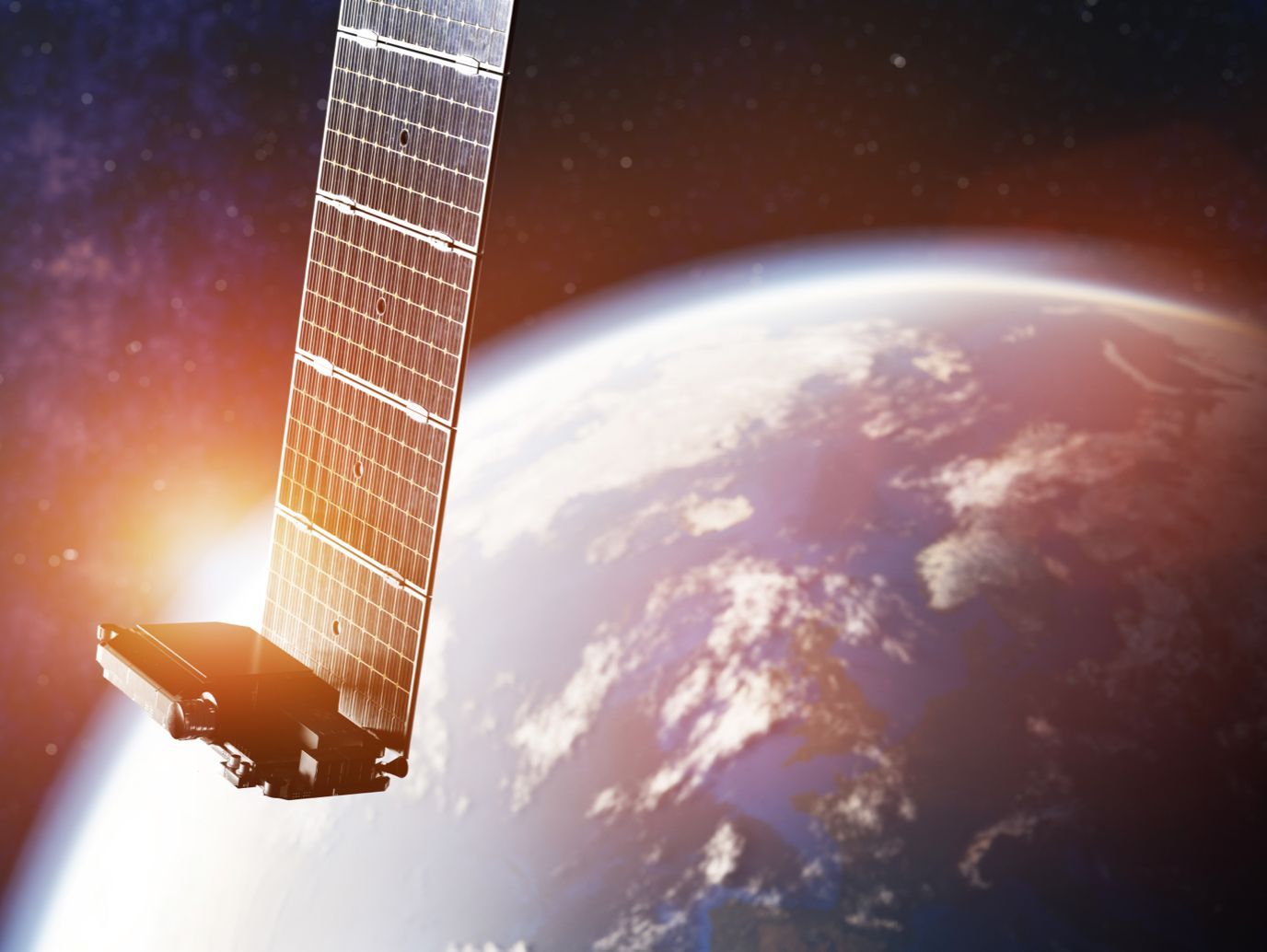
Starlink faces competition (Image: SpaceX)
Satellite mega-constellations to rival Starlink
The growth of the launch market is largely in response to rise of mega-constellations and the birth of a sophisticated orbital infrastructure. Amazon’s “Kuiper” mega-constellation is one such project, due to rival SpaceX’s Starlink constellation. This week the company announced that they will be switching launch from ULA’s Vulcan Centaur to an Atlas-5. Delays have affected the development of Vulcan, but with the switch Amazon hope to launch the first pair of satellites this autumn.
China also are also building on ambitious plans to rival the dominance of Starlink. In July, the Shanghai Municipal People’s Government announced plans for new constellation named “G60 Starlink”, consisting of 12,000 satellites. China also has plans for a separate 13,000 mega-constellation, named Guowang.
The growth of these constellations is largely linked to increased connectivity, broadband access, and also the emergence of IoT devices (internet of things). Satellite operator, Globalstar, have posted a 50% rise in sales in the wake of growing demand in this area, and is largely down to its work with Apple, who use their satellites for iPhone emergency connectivity. Direct-to-cell access also promises to be a promising growth area, especially should satellite connectivity become a standard feature on new handsets.
Orbital transfer vehicles and vertical space farming
Looking to address the need for in-orbit logistics, such as moving space veichles into different orbits, is Impulse Space. The company has recently raised $45 million to be used on different projects, including launching their space vehicle, Mira, this November. According to their press release in January, utilizing Mira, “…this mission will perform in-space services, including last-mile orbital payload delivery, payload hosting, very low altitude maneuvers and controlled atmospheric re-entry.” They also look to work on their larger vehicle, Helios, to be launched in 2026.
US-based launch company, Firefly Aerospace, has been called upon by the US National Reconnaissance Office to carry out a responsive demonstration of in-orbit deployments, using their Elytra orbital vehicle. They also work with Xtenti (US), who will provide their Fantm-Ride small satellite dispenser. Seeing that this is a responsive space mission, we can see the growing importance that is being put on satellites and orbital logistics. Firefly are also contracted by the US to carry out a response launch demonstration, using their Alpha rocket, looking to prove they can launch payloads with very little notice.
Firefly CEO Bill Weber said “As the first of many missions utilizing multiple Firefly vehicles, this operation will lay the groundwork for Firefly’s end-to-end mission services, proving our capabilities to rapidly launch, maneuver, and deploy satellites at a time and place of our customers’ choosing.” Just like SpaceX and Rocket Lab, Firefly surely are quickly becoming a trusted vendor for the US government.
Lastly, the UK Space Agency has provided funding to Vertical Future, who are leading project researching on developing vertical farms to be used in space exploration missions. Chief scientific officer at Vertical Future, Dr. Jennifer Bromley, said that “Several studies have shown that having access to high-quality fresh produce is important not just for one’s nutrition but also their mental well-being,”. They will look into design requirements for an AI controlled system, and aim to implement the system on the ISS.
Share this article
External Links
This Week
*News articles posted here are not property of ANASDA GmbH and belong to their respected owners. Postings here are external links only.













